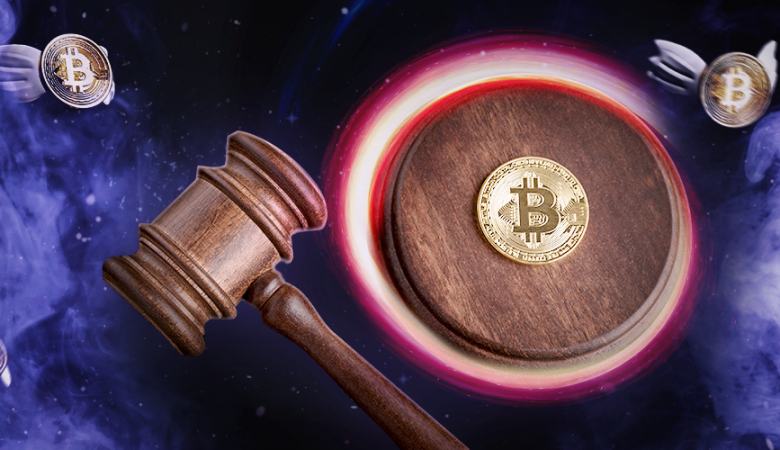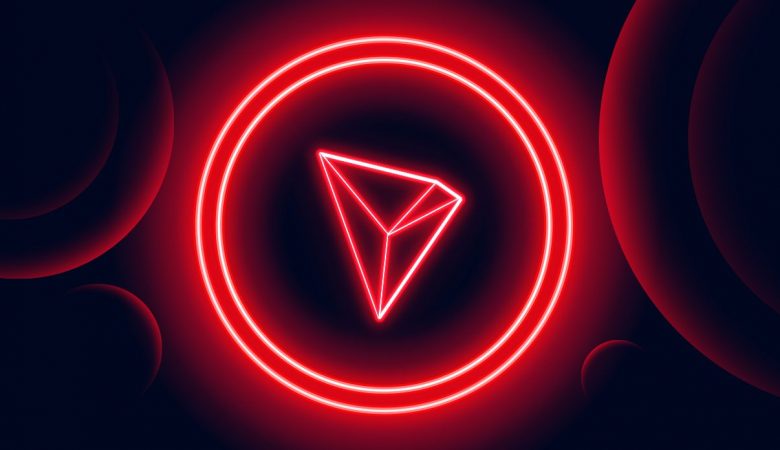The year 2017 is mentioned as “crypto boom” or “ICO craze” among cryptocurrency aficionados: about 700 new coins and tokens were released during that year. Lots of them not only stayed afloat but thrived like Enjin or Cardano.
By the way, it is about time you understand the difference between coins and tokens. Cryptocurrency developers confuse these notions themselves (e.g., EnjinCoin is, in fact, an ERC-20 token). It is not something that is of utmost importance in the world of crypto, rather a fun fact, but if you wonder how to create a crypto coin, you’ll discover that launching a coin is radically different from launching a token.
Let’s move on with the guide on how to launch your own cryptocurrency, and mind that it is barely a basic overview: no technical stuff, no budget estimations. Only the general guidelines and some directions to follow.
How to create my own cryptocurrency
First things first, if you have decided that your digital asset must run on a brand new blockchain, you have to possess the related knowledge, namely, software development, cryptography, and web development. Otherwise you’ll have to hire an experienced blockchain developer or even a whole team of them.
If you find yourself typing ‘how to create my own cryptocurrency’ then you definitely don’t have a clear vision yet. Here is a valuable piece of advice: look for teammates and advisors close to you geographically.
There are plenty of finished projects that are similar to what you have in mind. Sure, you can contact any team you wish. What we suggest is to find such a team in your state of residence.
Doing so, you will spend much less time and money traveling and much more time communicating eye-to-eye.
What are the advantages of running an independent blockchain?
- As one of the early miners, you get the privilege of amassing a fair load of coins before their value surges up – IF their value surges up.
- Immutability, security, decentralization, varying degrees of transparency or privacy are the inherent blockchain features. Your blockchain doesn’t have to be a globally-accessible value exchange system. It could be a niche solution for a single company.
What are the disadvantages?
Facing the challenges you might regret the intention to launch a new blockchain. Instead, you would look for, ‘How to create my own cryptocurrency on an existing blockchain?’
- A new blockchain needs a powerful marketing campaign (or inhuman patience until it gets recognized by enough followers). It is different with tokens. Tokens are usually tied to an existing service that has already gained some reputation (e.g., Uniswap (UNI) ).
- Different countries adopt different practices concerning cryptocurrency regulation, and there is no common ground yet. Be cautious because you might face taxation bureaucracy, restrictions, and bans.
If you choose to fork, for example, Litecoin (as many did before), you again find yourself in a disadvantageous position: there are enough forks already. Here is a proof: ForkGen used to be a tool that greatly simplified the process of making a Bitcoin fork, and now you find the following disheartening message on its homepage:
Forkgen served its purpose; people came to their senses and realized forks are not magic money making machines, and the world is kind of sort of back to normal.
Even if your one is an “improvement upon an improvement”, people are already obsessed by the existing solutions. Only a few early adopters, attentive and tech-savvy enough, will notice and support your coin in its infancy.
On top of that, you have to arrange coin listings, which involves various verification procedures, and integrate your coin into the larger cryptocurrency market in general. You might need a wrapping mechanism or another tool for blockchain interoperability (e.g., Polkadot Bridge), upgrade mechanics, and more.
If you are still adamant about launching a coin on a new blockchain, make sure that it is backed up by a powerful idea that is not going to change anytime in future. In other words…
…start with WHY, as Simon Sinek puts it. HOW your project is going to correspond to the said idea, is secondary. WHAT your project is going to do is obvious, there is nothing unique about it: distribute and manage digital assets. It is of the least interest.
Keep digging in that direction and educate yourself on how to create a crypto coin some more.
How to launch your own cryptocurrency
Clearly, we imply that making a token is cheaper and simpler than forking an existing coin or developing one from scratch.
Here is a checklist:
- You are certain about your token’s utility and tokenomics as a whole.
- You are determined about the desirable consensus mechanism and the underlying platform.
- Every other detail about the token is considered:
- Whitelist, website, marketing campaign;
- Total supply and distribution;
- A smart contract for the token and a crowdsale smart contract for the ICO, if necessary.
Speaking of the available token creation platforms, Ethereum, Binance Smart Chain (BSC), Waves, EOS, Stellar, and Tron come to mind. There are others, of course; one day we may discuss them in detail.
You definitely gain the largest exposure on Ethereum: more than 80% of all funds collected through ICO’s were raised on Ethereum. On the other hand, it is remembered for network congestion and sky-high fees. BSC has been stepping on its toes lately, overperforming it in many regards: speed, fees, and trading volumes.
Each of the platforms is dominant in a certain region. Choosing a platform you also choose a respective community.
How to make your own cryptocurrency
Does the topic “How to make your own cryptocurrency” look like a no-brainer to you now? We bet it does not!
It would be perfect to get access to a free coin generation tool, just to see where it goes. Good news: there is such a tool. Walletbuilders or Rally.io is what you look for. There are free and paid alternatives to those, with corresponding packages of features.
You can find other fairly detailed articles on crypto-related blogs, like this one, describing the process of token creation. Playing around the testnet never hurt anybody.
Of course, there are tons of related video content on YouTube and other platforms, Udemy courses, and whatnot, so you can get a closer look at every aspect of cryptocurrency making.
There you go, we hope that the question, how to make your own cryptocurrency, is no longer a mystery.
Good luck with your altcoin!





Leave a Reply